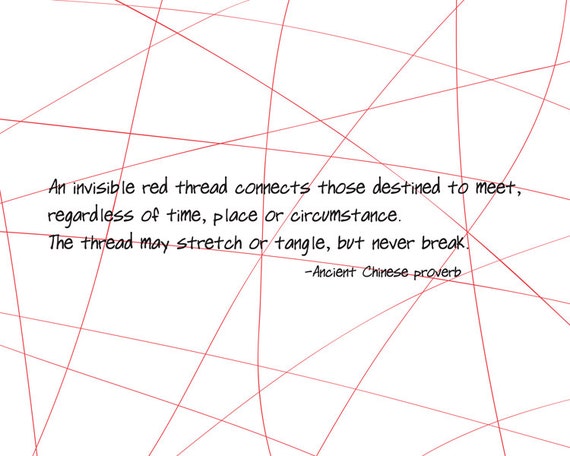When I lived in London, I knew that the traditional Christmas Day meal consisted of turkey, mashed potatoes, green beans and cranberry sauce among others. When I moved to New York I learnt that the same meal was served during a big American celebration called Thanksgiving.
I remember being very confused at the time as I had never heard of this particular holiday before. Added to the meal is squash (pumpkin) in various forms, as in pumpkin pies, mashed pumpkin, baked pumpkin etc. Sweet potato, brussel sprouts, zucchini, corn, the table is usually groaning under the weight of it all. The displays around most houses upon the onset of fall feature pumpkins to a great extent. It's a four day break where families and friends get together and celebrate their togetherness and express gratitude about the various gifts that life has granted all of us. It could be good friendships, loving family, food on the table and so on.
The original thanksgiving celebration occurred when the pilgrims; the early immigrants to America expressed their gratitude by offering a meal which largely featured turkey to the native Americans who had welcomed them and taught them farming techniques. So Thanksgiving is a harvest festival. The usual greeting is Happy Thanksgiving!
Be careful though before saying it! I know of that greeting being rejected with "I don't support genocide!" Some native Americans celebrate an "unthanksgiving" day where they pray, fast and remember their dead ancestors. Thanksgiving for some represents the conquest of the Native Americans by the colonizers.
I have celebrated thanksgiving with my family and have enjoyed the whole experience tremendously. Although I cannot eat turkey, being vegetarian, I can eat tofurkey! I love all the vegetables and especially when they are cooked with an Indian twist.
I am truly grateful for the many friends I have made over my various relocations. Without my friends my life would have been extremely challenging. New country, new city, what do I have to go on? Conversations with the friends I left behind until I make new ones. The ability to speak to someone when you are very new in your newly adopted city is a huge lifeline! I am grateful for my wonderful family that spreads its numerous loving branches across the globe and engulfs me in its warm, loving embrace, whether in person or through What's app or Facebook. Thanksgiving, it's a good time to pause and reflect on one's blessings. Happy Thanksgiving!
 |
| First Thanksgiving in 1621 Plymouth, Massachusetts. |
Be careful though before saying it! I know of that greeting being rejected with "I don't support genocide!" Some native Americans celebrate an "unthanksgiving" day where they pray, fast and remember their dead ancestors. Thanksgiving for some represents the conquest of the Native Americans by the colonizers.
I have celebrated thanksgiving with my family and have enjoyed the whole experience tremendously. Although I cannot eat turkey, being vegetarian, I can eat tofurkey! I love all the vegetables and especially when they are cooked with an Indian twist.
I am truly grateful for the many friends I have made over my various relocations. Without my friends my life would have been extremely challenging. New country, new city, what do I have to go on? Conversations with the friends I left behind until I make new ones. The ability to speak to someone when you are very new in your newly adopted city is a huge lifeline! I am grateful for my wonderful family that spreads its numerous loving branches across the globe and engulfs me in its warm, loving embrace, whether in person or through What's app or Facebook. Thanksgiving, it's a good time to pause and reflect on one's blessings. Happy Thanksgiving!





